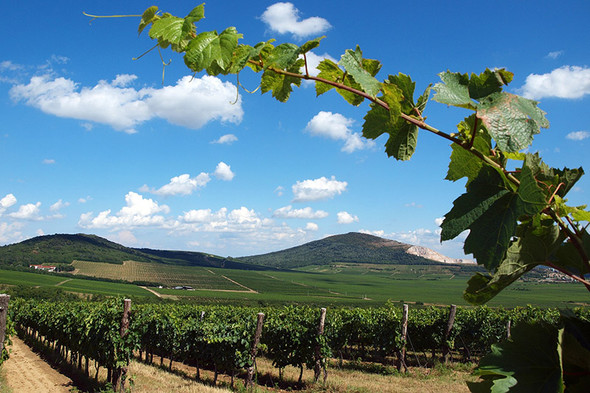VILLÁNY
Let’s start with Villány. The wine region lies on the southern slopes of the Villány mountain range, which stretches 25km from east to west. The annual rainfall is 700mm, the bedrock is limestone and dolomite with large amounts of loess deposits, including some brown forest soil, and the number of hours of sunshine is above the national average. If you take a look at the map, you can see that the wine region is fairly simply split into three. The eastern part, which we’ll call Villány for simplicity’s sake, is actually comprised of the villages of Villánykövesd, Villány and Nagyharsány. This is where you can find most of the large wineries and is where the wine region’s success story started at the beginning of the nineties. The middle part is the so-called Siklós part, this was traditionally the white wine area, but now increasing numbers of exciting red wines are being created here too. The third is the still relatively undiscovered western side, comprising the villages of Diósviszló and Csarnóta, from which, in my opinion, we can expect some exciting, big red wines in the future, mainly from small, family wineries. From the point of view of Olaszrizling, the area of interest to us is the middle one, Siklós.
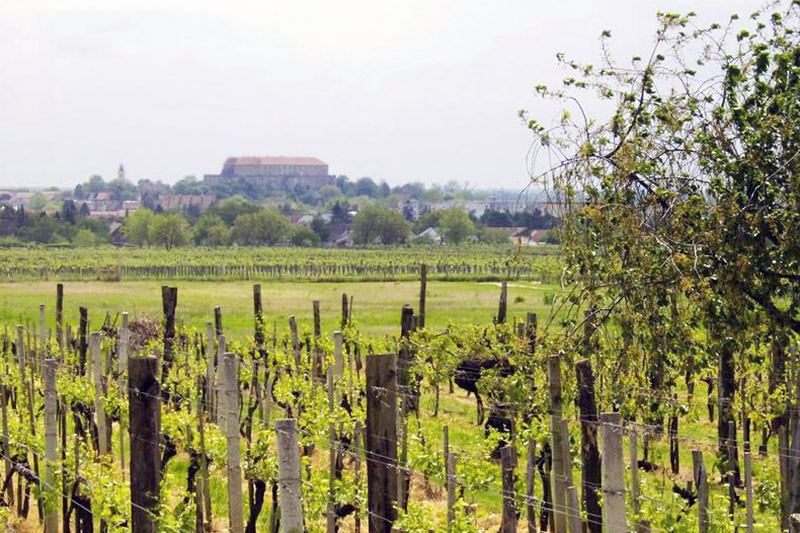
Photo by Joó Pincészet (Facebook)
It may come as a surprise that there is actually any white wine in this region known for its red wines, primarily from Portugieser and Cabernet Franc; however, one part of the wine region, Siklós, was traditionally white wine country, moreover with plenty of Olaszrizling. Until the nineties, Siklós Olaszrizling was pretty well known as a brand and was sought after by many in Hungary. Of course, mass production under Communism changed its image significantly, but they still did not manage to destroy it sufficiently for consumers not to seek it out. Surprisingly, a changed market brought about its demise, as Villány totally zeroed in on the production of big red wines. This totally overwhelmed both the centuries-long successful Portugieser and Olaszrizling. Nowadays, some of the producers in the Siklós area are trying to make this varietal wine successful once again – there are still 200 hectares of it in the area.
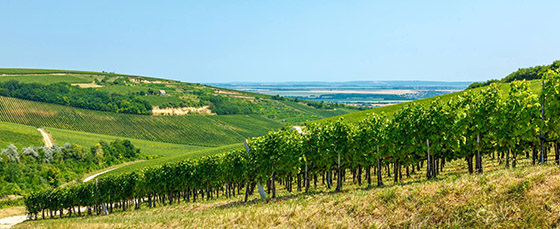
Photo by Gere Tamás Winery
However, they still need to carry out some thorough market research. Given that Villány is perhaps Hungary’s hottest wine region, the Hungarian clones are not entirely suitable for what they wish to make from the Olaszrizling. New plantings are generally of Serbian and Croatian clones, which give a much fruitier, pleasant wine, what’s more they have already proven themselves on the other side of the border, so sooner or later we can expect consumers of lighter wines to rediscover Villány’s white face, which, considering the wine tourism opportunities offered by the wine region, should also happen relatively quickly if some of the producers were to work more seriously with the variety again.
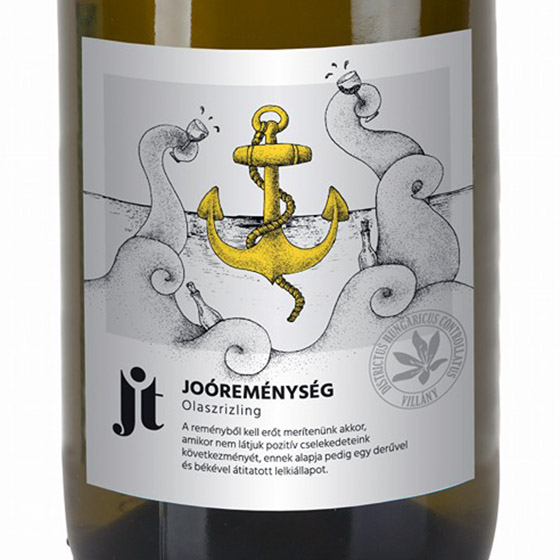
Olaszrizling from Siklós, Villány region
EGER
Last century, the Eger wine region was also not necessarily all about white wines. Communist mass production, in addition to the name of Hungary’s perhaps best-known brand, Egri Bikavér (Bull’s Blood), also forced the Eger winemakers to battle with a dual identity crisis. In the nineties, on the one hand, they realised that the wine they had been producing until now was not necessarily very saleable and they should focus on quality. On the other hand, a winemaker named Tibor Gál appeared on the scene, who besides making the 1998 Ornellaia (which was placed first in the 2001 Wine Spectator TOP100 list), dared to say that the characteristics of the Eger wine region were just as favourable for producing white wines as reds.
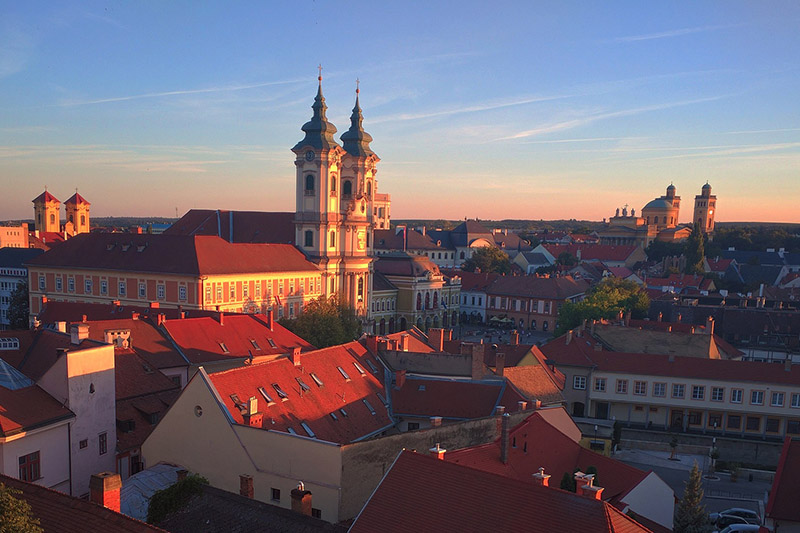
The Eger wine region lies in the northeast of Hungary, on about 5,500 hectares of the south-southwestern slopes of the Bükk mountains. A wide range of varieties are cultivated, as traditionally, Eger wine, whether red or white, is all about blends, the most attractive coupage. Eger is geologically much more complex than Villány; in some parts, you can find limestone, elsewhere clay and sandstone, while in a significant part, there is a seriously thick layer of rhyolite tufa. The famous Eger cellars were cut into this latter. The cooler climate and diverse rocks favoured the development of individual vineyards, or cru, (like in Burgundy), so in this wine region, it is not the variety that is most important, rather the terroir. However, if we are talking about variety, and in particular Olaszrizling, then a single village stands out from the rest, and that’s Egerszólát.
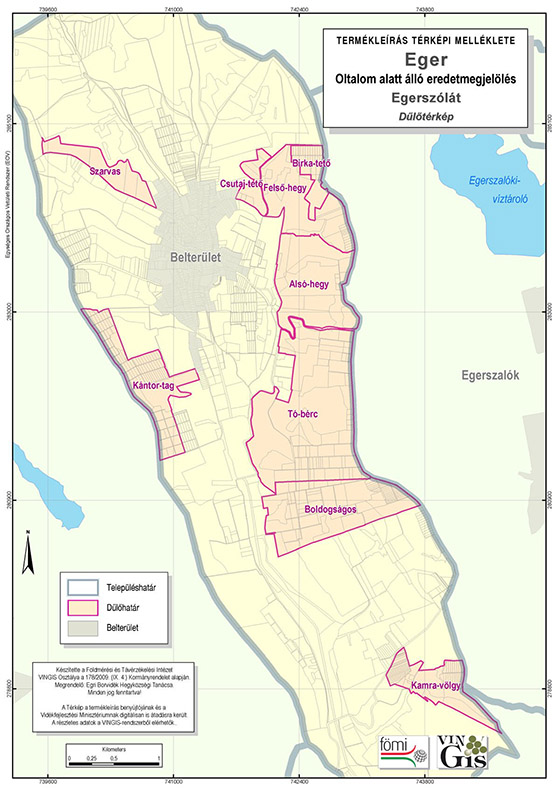
Single vineyards of Egerszólát
The variety is promoted by the Egerszólát Olaszrizling Confrérie, whose most important event for the last twenty years has been the Egerszólát Olaszrizling Festival. The vineyards of Tóbérc, Kántor-tag and Boldogságos stand out from the rest. Wines originating from here are typically fuller bodied, with floral aromas.



